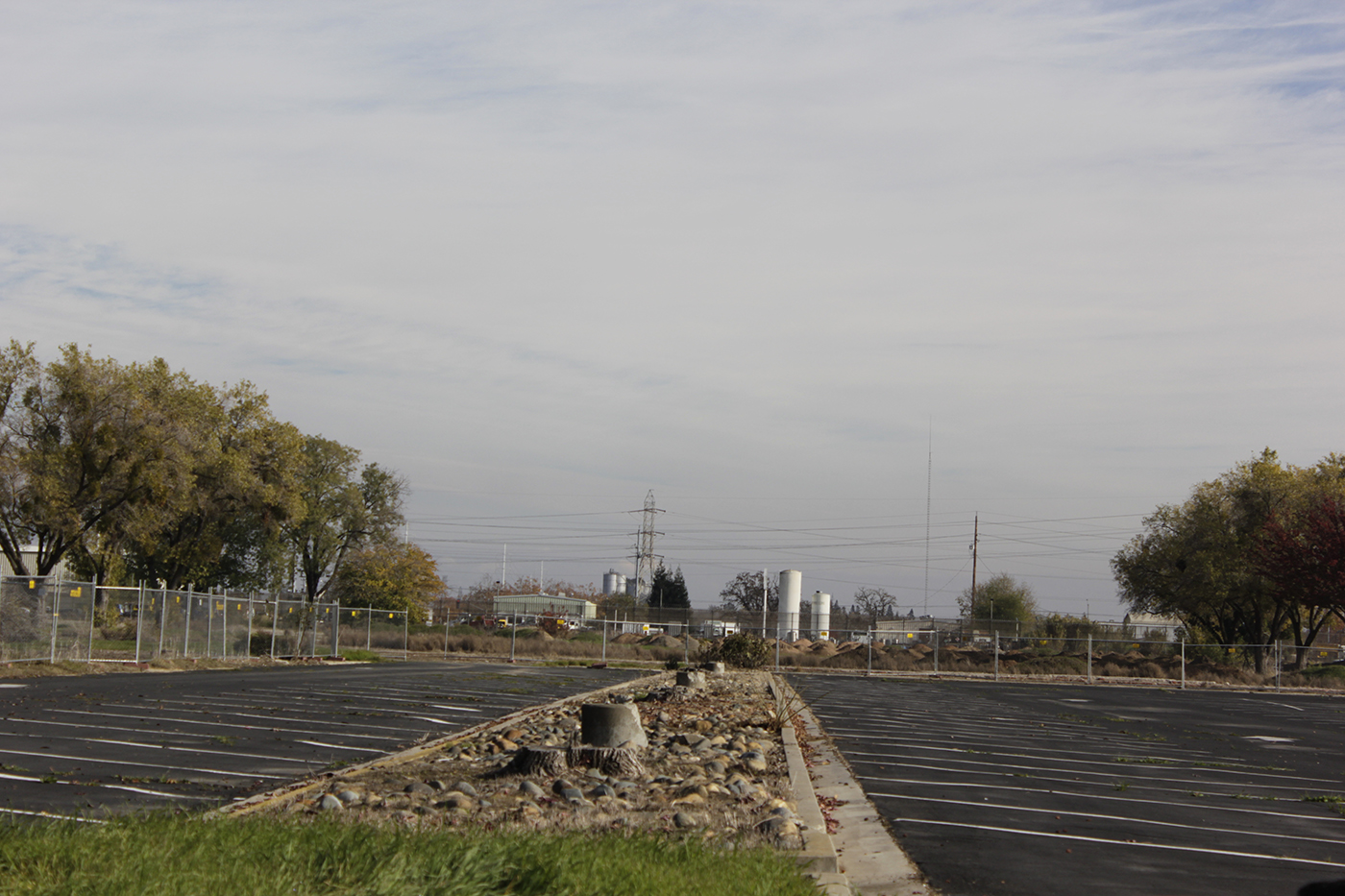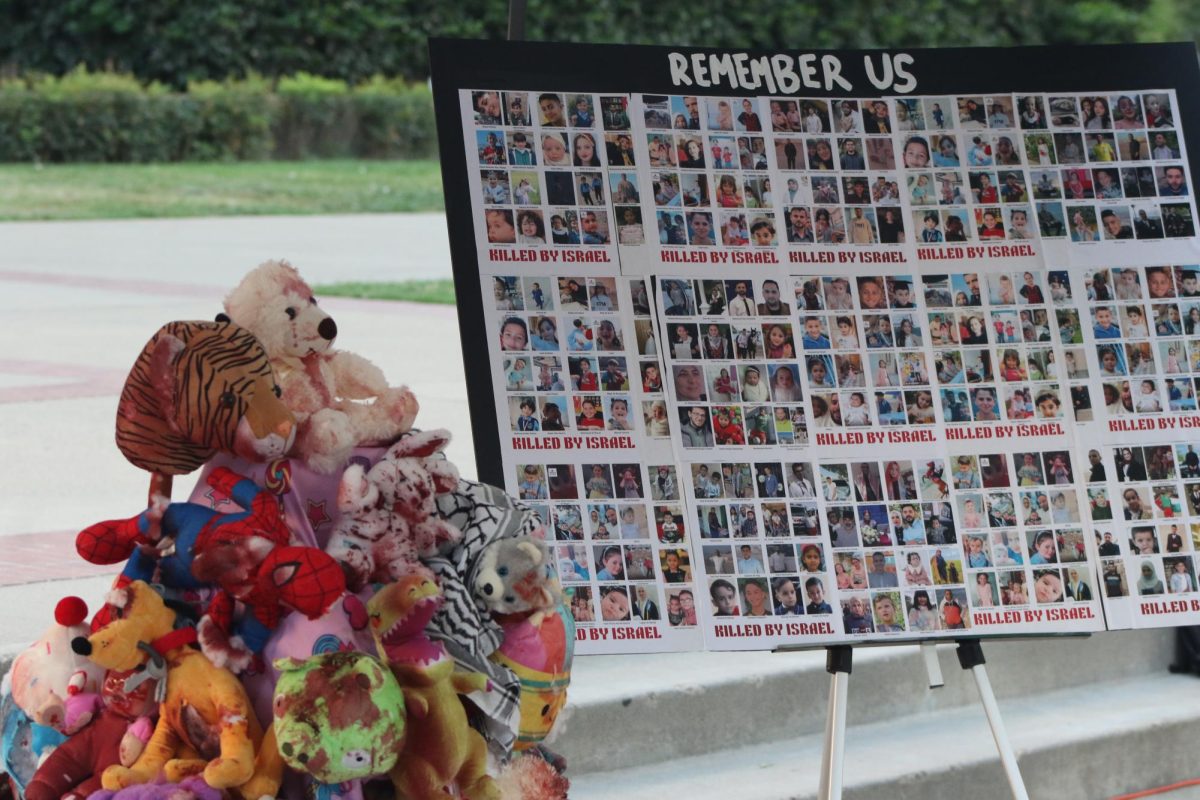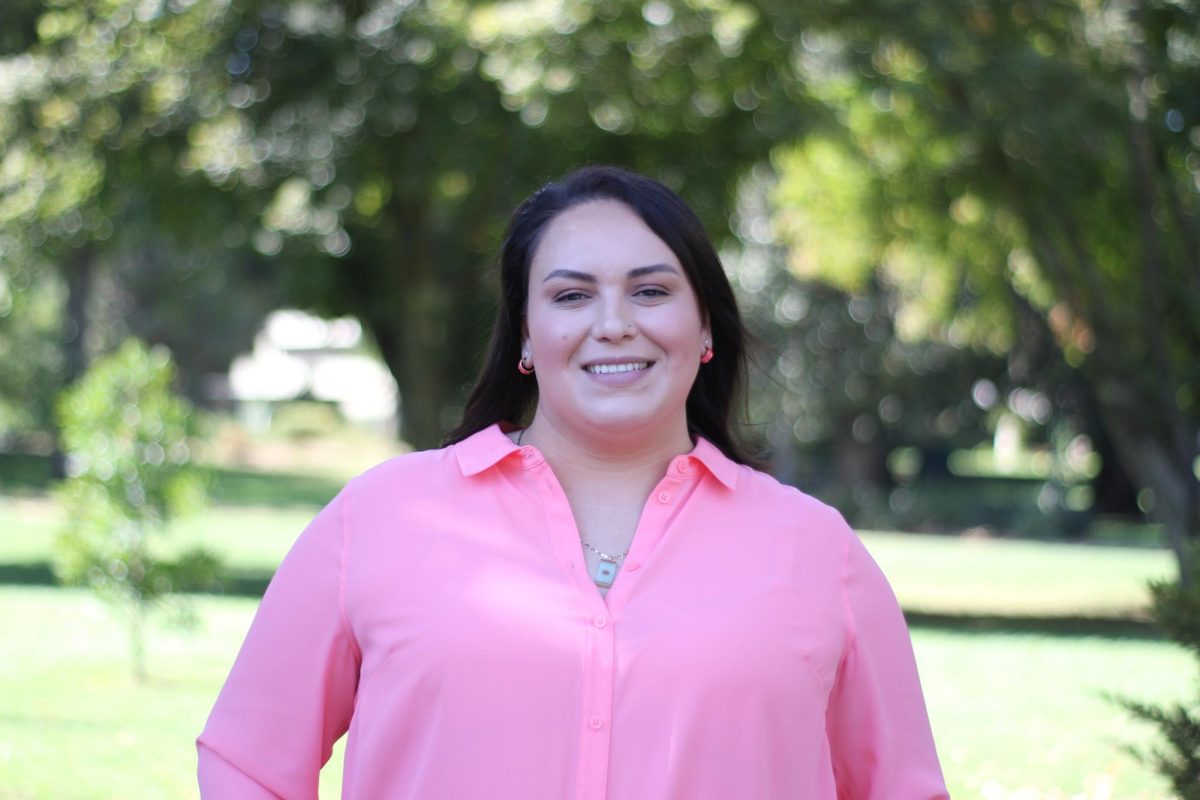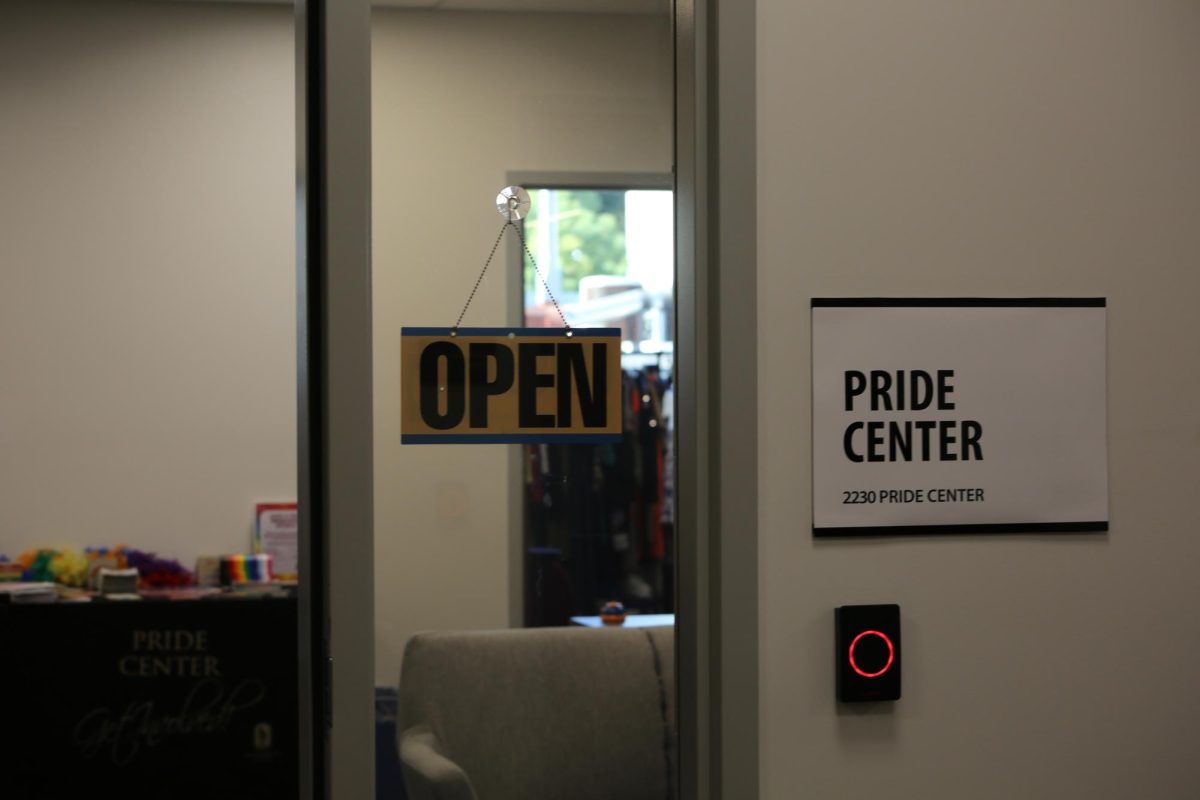UPDATE: Dec. 8 at 11:26 a.m. — This story has been updated to reflect the fact that the new closing time of the Ramona Lot will be 8 p.m., that the closing time may be extended to 10:30 p.m. if students pass a referendum to be voted on next semester and that the Ramona Lot parking permits will be priced at $87.
Thursday’s Faculty Senate meeting featured discussion about parking constraints — called a “nightmare” by Sacramento State President Robert Nelsen — that will be caused by upcoming construction.
Parking lots 1 and 4 will be closed at the end of the spring 2017 semester, according to Stacy Hayano, the interim vice president for administration and chief financial officer. Lot 2 has been closed since spring 2016 with the start of Housing II construction.
Lots 1 and 2 consist of student, faculty and staff parking and parking lot 4 consists of only faculty and staff parking.
Due to the loss of parking spots on the north side of campus, Parking Structure I may temporarily have the first four floors closed off to students, according to Hayano.
Hayano suggested that students use the Ramona Lot, located off of Power Inn Road, about 2 miles south of Hornet Stadium. The previously gravel parking lot has been open the past three semesters, but has been closed after the first two to four weeks of each semester due to lack of use.
However, Hayano said that the parking lot will reopen with an additional 780 parking spaces, lighting, ADA accommodations and with a later closing time of 8 p.m.
Furthermore, the Hornet Shuttle route will include Ramona Lot again and the University is buying an additional bus for a more frequent shuttle service. The shuttle’s operation times may be extended until 10:30 p.m. if a student transportation fee referendum is passed next semester.
Ramona Lot parking permits will be sold at a reduced rate, which Hayano said may impact parking revenue for the University.
The parking permits are expected to be about half the cost of parking permits this semester, or $87. However, the price is not finalized.
Other transportation suggestions Hayano mentioned included adding more bicycle parking and racks and a potential app for Sacramento State students to use, similar to Uber or Lyft.
University Transportation and Parking Services (UTAPS) is working with the Transportation Advisory Committee (TAC) to review carpool apps ZimRide, Rydite and RideAmigos as potential services for fall 2017 implementation, according to Hayano.
ZimRide, founded and managed by the creators of Lyft, is used by other California universities such as UC Davis, UC Berkeley and UC Merced.
A decision will be made in “early spring 2017.”
“If you can get to campus, say from Davis, and then you can (use) the app to say ‘Hey is anybody driving that way to Sac State?’ You can get on with them and drive in, and that will hopefully help with construction,” Hayano said.
As for issues relating to construction vehicles, president Robert Nelsen warned the senate about potential traffic.
“It literally will be a nightmare,” President Nelsen said. “This is pre-constructed concrete. So it is all coming in slabs. … You’re going to see trucks coming in, trucks coming in with big, big, big, big slabs.”
Provost Ming-Tung “Mike” Lee said that he was not worried about traffic leaving campus in the event of a natural disaster or another emergency situation.
The campus construction presentation also explained the costs and durations of the four construction occurring on campus between 2016 and 2019.
Parking Structure V, which will add 1,750 parking spaces and include a welcoming center, will begin construction on August 7, 2017 and is expected to be finished in January 2018. The project costs $44 million, of which $24.1 million is paid from parking fee reserves and the other $20 million by a 25-year bond.
The Union expansion will begin next month, and is expected to end in August 2018. The project costs $58.6 million and will be paid for by $12 million in student body fees and $46.7 million in loans paid off over 30 years.
Housing II, which will add 416 beds for freshmen and sophomores, started construction in January of this year and is expected to be completed by summer 2017. The project costs $60 million, with $11.3 million paid for by student rent reserves and a $43 million debt to be paid over 30 years.
Science II will begin construction in October 2017 and is expected to be completed in May 2019. The project costs $91 million, with $71 paid for by the state and the remaining $20 million being paid by donations or coming from operating reserves.
According to Hayano, student tuition fees will not be put toward paying off debts.
Between Parking Structure V and Science II, Nelsen said the projects are wiping out reserves.
“We’ve been saving up and saving up and saving up for this for years and years, and this just wipes it out,” Nelsen said. “The reserves being wiped out for the science building — the $20 million there, this takes the rest of it. We’re running on gas.”
If the university cannot fund any of the $20 million required for Science II, it will be left with only $4 million in campus reserves.
In response to a senator’s worries about the needed $20 million in donations, Nelsen said that the university was taking “a very, very calculated risk.”
“It is a lot of donations, but already since July, we are $1.9 million above where we were last year,” Nelsen said. “This year our goal is to be at $23 million, but our real goal is to be $27 million. We have a capital campaign that is just starting to kick in. This year we got $132,000 on one day.”
“It’s what we’ve got to do. It’s the right thing for the university.”






Sharon k • Dec 6, 2016 at 5:50 pm
Here ia a thought… Maybe do one parking structure at a time, make dorm students only be allowed to park in the housing lot, reduce faculty parking as I have never seen that full and do the majority of the work during summer when the student numbers are less on campus.